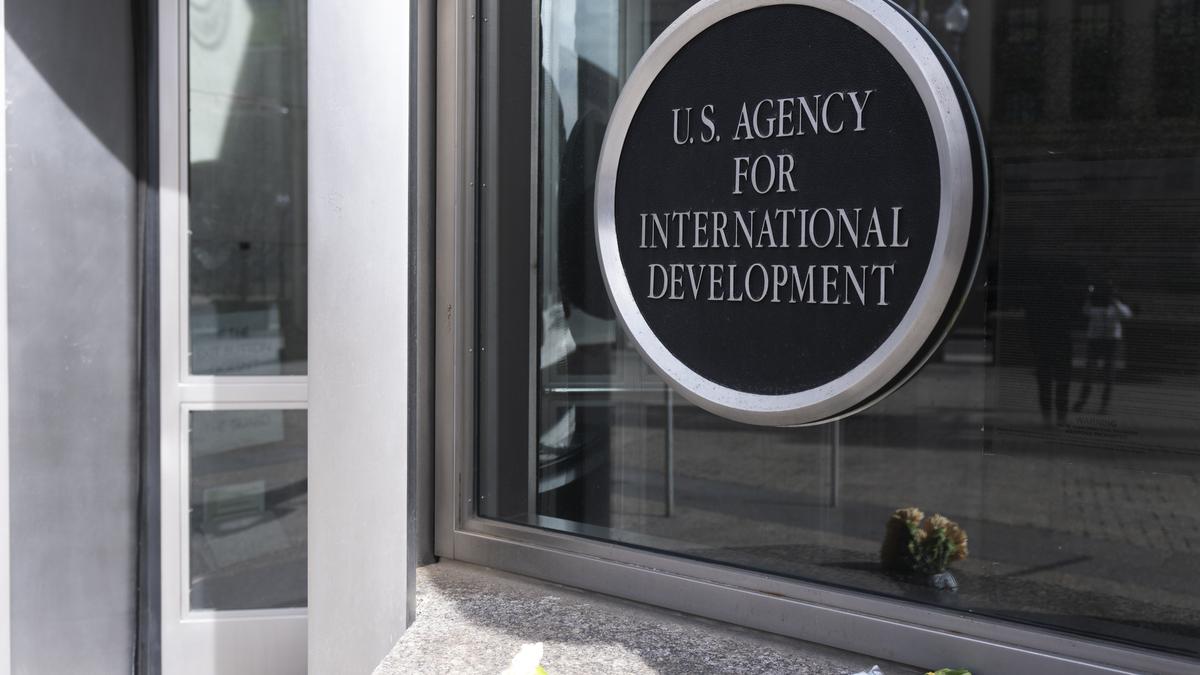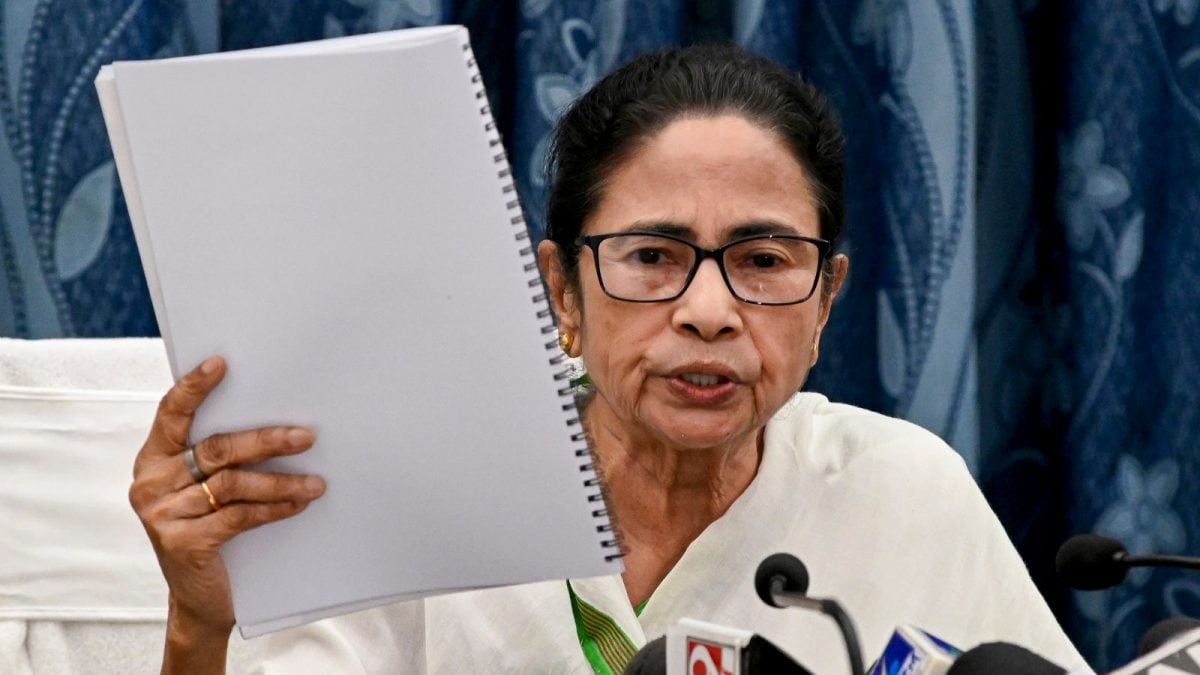Once upon a time, cobbling up your own combined India-Pakistan XIs over long afternoons used to be standard practice for cricket fans. That was the era of fierce cross-border rivalries, when the two teams regularly played each other in bilateral contests in addition to the desert derbies in Sharjah.
Things have changed now. India and Pakistan are not allowed to play against one another often enough, but memories of those great ODIs through the 1980s and 90s – and into the first decade of the 2000s – still linger.
Here is TOI’s take on a fantasy ODI XI, from four decades of ODIs, comprising players from both teams. This XI is not just about players with the best numbers, but those who had the maximum impact in India-Pak ODIs. Apologies are in order to some greats who missed out.
Sachin Tendulkar: The obvious selection. His average of 40.09 in 69 head-to-head games is lower than many, but some of Tendulkar’s most unforgettable ODI innings came against Pakistan. Tendulkar can walk into this XI only on the basis of the 98 he struck against a top-class Pakistan attack in the 2003 World Cup game in Centurion.
Saeed Anwar: Our pick will raise eyebrows, because it comes at the expense of another classy Indian opener, Rohit Sharma. But Anwar’s average of 43.52 over 50 matches shows the kind of impact he had in ODIs against India. Anwar’s flair and ability to take apart attacks made him one of the best openers of his generation. The 194 in Chennai in the 1997 Independence Cup against India is still the highest individual score in this epic rivalry.
Virat Kohli: The modern master has played only 16 games against Pakistan, but it is impossible not to make him the No. 3. Kohli is arguably the greatest ODI batter of his generation, with the highest number of centuries in the format. His 183 in Dhaka in the Asia Cup match against Pakistan, on March 18, 2012, was ironically the last time Tendulkar featured in an ODI against Pakistan.
Inzamam-ul-Haq: The big man dominated India-Pak contests for more than a decade. An average of 43.69 and four centuries over 67 games underlines the effect he had on this rivalry. Ask any Indian captain of that generation and they would say that ‘Inzy’ was the best finisher of the game, not Michael Bevan. And who can forget the burly Inzamam’s iconic attack, with bat raised, on an Indian fan in Toronto in 1997 for being taunted with ‘Aloo’ chants? This gentle giant sure had entertainment value!
Javed Miandad: The ‘street fighter’ changed the course of this rivalry with his last-ball six off Chetan Sharma in the Australasia Cup final in Sharjah in 1986. Before that, for a few years, India had dominated the rivalry, but that one innings led to a complete change of momentum for almost a decade and a half. An average of 51.08 in 35 head-to-heads speaks volumes about the kind of impact Miandad had. For a generation of Indian cricket fans, his presence at the crease induced fear and awe.
Imran Khan (captain): The greatest leader that sub-continental cricket has seen in the last 50 years. His 6-14 in Sharjah is still remembered as one of the finest spells in ODI cricket. It was under Imran that Pakistan became an unbeatable force towards the end of the 1980s, culminating in Imran leading Pakistan to their only ODI World Cup win in 1992.
Mahendra Singh Dhoni (vice-captain): There simply hasn’t been a better wicketkeeper-batter in India-Pak ODIs. Dhoni first made his mark in ODIs with a blistering 148 off 123 balls against Pakistan in Vizag, a performance that kept his career alive after a string of failures. He followed that up with a superb away series in Pakistan in 2006, which made president Pervez Musharraf his fan.
Kapil Dev: The star allrounder was the heart and soul of the Indian attack when India were dominating this contest in the 1980s. It is impossible to forget his superb spell in the Benson and Hedges Final at MCG in 1985 that set up one of India’s greatest moments in ODI cricket. Also, when India started losing ground later in the decade, Kapil never lost his verve and kept taking the attack to Pakistan, both with bat and the ball.
Wasim Akram: The finest white-ball pacer of all time. Akram is the highest wicket-taker in this contest. In 48 games, the left-arm artist took 60 wickets at average of 25.15. Add to that some late-order cameos with the bat that used to change the course of the desert derbies in the late 1980s and 1990s. Till Akram was in business, India were never the favourites going into this contest. Things changed in India’s favour only when after Akram retired in 2003.
Anil Kumble: This is a rivalry that hasn’t exactly been dominated by spinners, primarily because batters from these two countries, till a few years ago, used to be magnificent players of spin. Still, against the best in the business, Kumble held his own with 54 wickets from 34 games, including a 4-12 in the Sahara Cup in Toronto in 1996. That the likes of Miandad, Mohammed Younus and Inzamam never really took Kumble apart shows his greatness.
Saqlain Mushtaq: The king of the doosra. With 57 wickets from 37 games, Saqlain was an enigma that the great Tendulkar, Rahul Dravid and Sourav Ganguly all struggled against. The beauty of Saqlain was that he could be as effective in the death overs as well, bamboozling batters looking for the big shots with his beautifully disguised other one, or doosra, which became one of the most difficult balls to face in that era
THE ONES WHO NARROWLY MISSED OUT
Salim Malik: A batsman that Indian bowlers feared like no other in the late 1980s. His unbeaten 72 off 36 balls in the first ODI ever played at Eden Gardens, in 1987, still gives Indian fans from the era nightmares.
Aaqib Javed: A pacer with an uncanny ability to make a mark in India-Pak matches. Took a hat-trick in the tri-series final in Sharjah in 1991, where he finished with 7-37 -still the best figures in India-Pak ODIs. He probably would have made it, just that Kapil, Imran and Akram cannot be dropped.
Rohit Sharma: Walks into any ODI team, just that Anwar had a bigger impact for a longer period of time in this rivalry.
Jasprit Bumrah: The best pace bowler of the current generation doesn’t have a big enough sample size when it comes to performances in India-Pak games.
Ajay Jadeja: Older Pakistan fans won’t recall his name with a lot of fondness. His 45 off 25 balls in the 1996 ODI World Cup quarterfinal is one of the most iconic cameos ever played in the history of the tournament.
(Statistical inputs: Rajesh Kumar)




